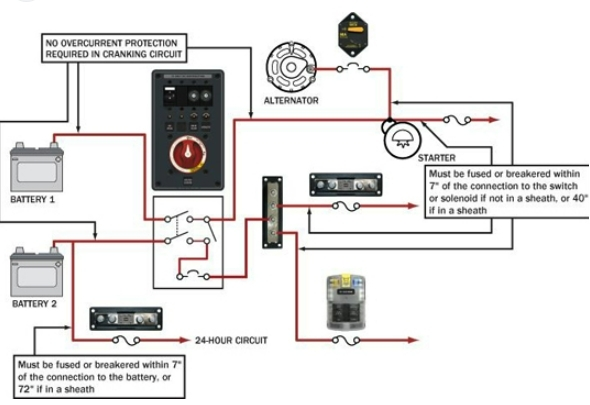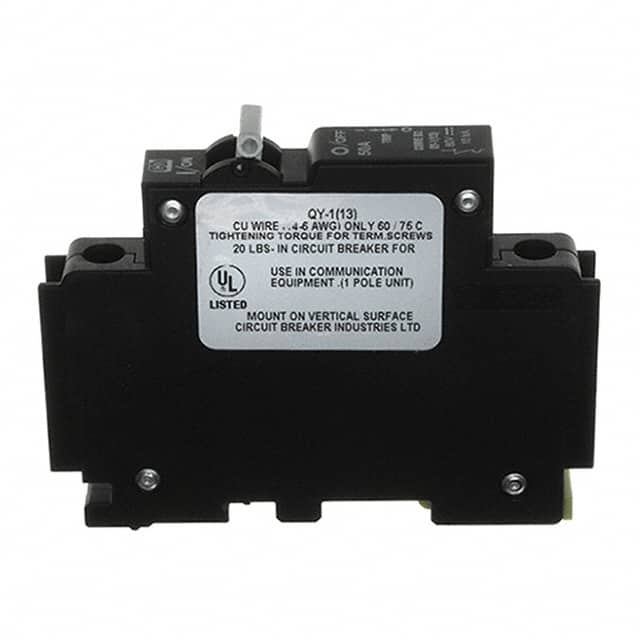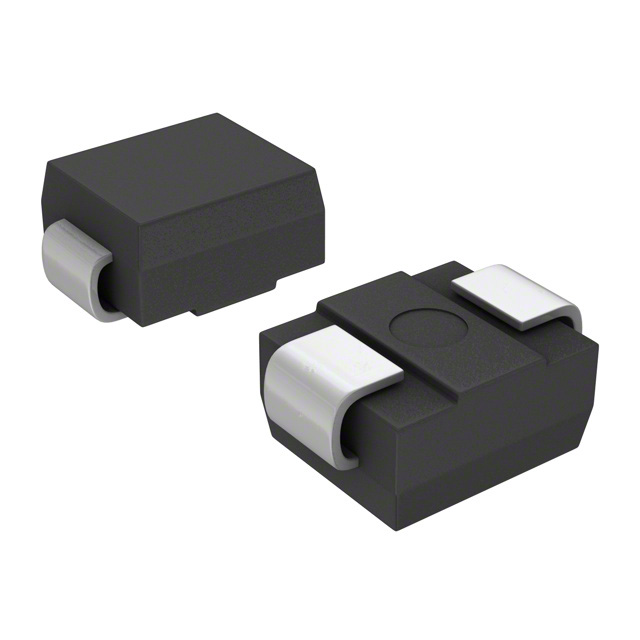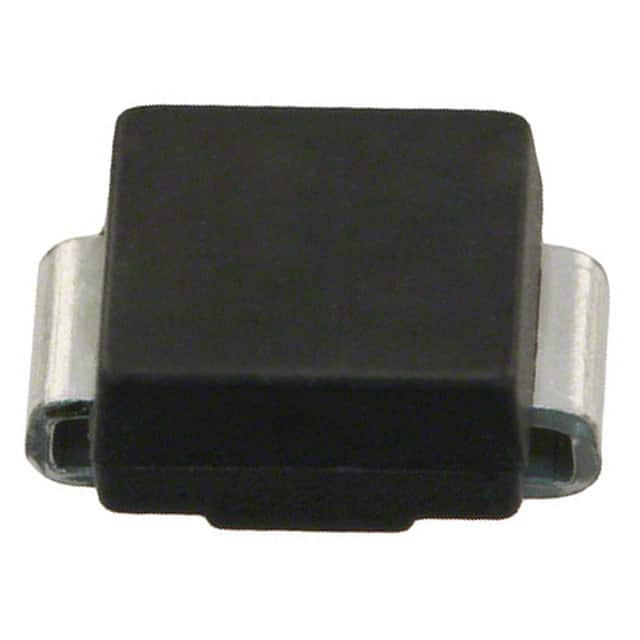
Thermal Cutoffs (Thermal Fuses and Breakers)
Circuit protection definition
Circuit protection is a series of measures and equipment that monitors whether circuit parameters such as current and voltage are normal. Once an abnormality (such as overload or short circuit) is detected, the power supply is automatically cut off or other measures are taken to protect the circuit and equipment from damage. Ensure the normal operation and safety of the circuit.
What is circuit protection made of?
Protection devices: This includes circuit breakers, fuses, relays, overvoltage protectors, etc., which are devices that directly perform protective operations.
Sensor or sensor device: used to monitor electrical parameters such as current, voltage, temperature, etc. in a circuit. They detect abnormal conditions and transmit the information to the control unit.
Control unit: This is the core of the circuit protection system, receiving signals from sensors and triggering protection operations based on set protection parameters. The control unit usually includes logic circuits and a microprocessor.
Triggering mechanism: A triggering mechanism is the logical or electronic part of the control unit that determines when protective measures should be taken. This may include cutting off power, breaking a circuit, or triggering an alarm.
Display and indicating devices: used to provide information about circuit status and abnormal conditions. This can include indicator lights, digital displays and alarm devices to notify operators or maintenance personnel that a problem exists.
Reset Mechanism: Some circuit protection devices have a manual or automatic reset feature to restart the circuit after the problem is resolved.
Why circuit protection is important
Circuit protection is important because it ensures the safe operation of circuits and equipment, reduces the risk of electrical accidents, extends equipment life, maintains system stability, complies with regulatory requirements, and reduces production interruptions and resource waste.
This helps protect personnel safety, reduce losses, improve production efficiency and promote environmental protection.
Three basic circuit breaker varieties
Standard Circuit Breakers: Includes single-pole and double-pole circuit breakers used to protect electrical systems from overloads and short circuits. They are usually rated at 15 or 20 amps and are available in different styles such as unipolar, bipolar and GFCI.
Ground Fault Circuit Interrupter (GFCI): Specifically designed to detect and interrupt the flow of electricity when a ground fault (i.e., unintentional contact between an electrical conductor and the ground) occurs to reduce the risk of electric shock.
Often installed in wet areas such as bathrooms and kitchens. They sense the current difference between the hot and neutral wires and cut off power when an imbalance is detected to prevent current from flowing to ground, reducing the risk of injury.
Arc Fault Circuit Interrupter (AFCI): This is a special type of circuit breaker designed to detect and stop arc faults in electrical circuits, where an electric current passes through the air creating an arc that can start a fire. AFCI circuit breakers can detect arcs and interrupt the current in time to prevent fires.
What devices use resistors?
Fuse: used for overload and short circuit protection.
Circuit Breaker: For overload and short circuit protection, can be reset multiple times.
Polycrystalline silicon switch: used in electronic switches and control circuits with high frequency characteristics.
RCCB (Residual Current Circuit Breaker): Used to detect current imbalance and prevent the risk of electric shock.
Metal oxide varistor: used for overvoltage protection in circuits.
Inrush current limiter: used to suppress transient overvoltage or surge current in a circuit.
Gas discharge tube: used for overvoltage protection in circuits, especially for lightning protection.
Lightning Arrester: Specially designed to protect buildings and equipment from damage caused by lightning strikes and atmospheric discharges.
What is the simplest circuit protection device?
The simplest and most common form of automatic switching is the magnetic circuit breaker (MCB). In addition to manual operation, magnetic circuit breakers are equipped with a small solenoid coil that automatically opens the circuit when overcurrent is detected.
Why is electrical protection needed?
Personnel safety: The primary consideration in electrical protection is the safety of personnel. It prevents electric shock accidents and other electrical hazards, protecting life and health.
Equipment Protection: Electrical equipment is often an expensive asset, and electrical protection ensures that equipment is not damaged by electrical faults, extending equipment life.
Production continuity: In industrial and commercial fields, electrical faults may cause production interruptions, and electrical protection devices ensure the continuity of the production process and reduce production losses.
What are the circuit protection limits?
Overcurrent protection devices (such as fuses and circuit breakers) limit the current to appropriate levels and interrupt the circuit in the event of a short circuit. The size of the overcurrent protection system depends on the type of system used and the maximum current draw of the circuit components.

Where should circuit protection be placed?
Power Input Point: The primary circuit protection device should usually be located at the power input point of the circuit to protect the entire circuit from overcurrent and short circuits. This is the primary position of circuit protection to ensure the stability and safety of power supply.
Branch Circuits: For different branches or branch circuits, additional protective devices can be added based on the needs of the specific equipment or circuit section. Protection on these branch circuits helps isolate and prevent problems from spreading throughout the circuit.
Special environments and equipment: In damp, corrosive or hazardous environments, such as bathrooms, chemical plants or explosion-hazardous areas, special circuit protection devices are required, such as ground fault circuit protectors (GFCI) or explosion-proof electrical equipment. These devices help prevent electrical problems caused by moisture, hazardous materials, or fire.

Is the switch a circuit protection device?
The switch is usually not a circuit protection device. Its main function is to control the on and off of the circuit. The circuit protection device is used to monitor and prevent current and voltage problems in the circuit to ensure the safe operation of the circuit and equipment.
Is a circuit breaker a protective device?
A circuit breaker is a common circuit protection device. Mainly used to protect circuits and equipment from overload current and short circuit current. When the current exceeds the safe range, the circuit breaker will automatically interrupt the circuit to prevent equipment damage or fire. Therefore, circuit breakers are widely used for circuit protection to ensure safe and reliable operation of circuits.
How do fuses prevent short circuits?
Fuses protect against short circuits by causing the wires within the fuse to thermally melt when the current is overloaded, thus interrupting the circuit. This prevents excessive current from flowing to the short circuit point, ensuring circuit safety.
Can I use a switch instead of a circuit breaker?
It is not recommended to replace a circuit breaker with a switch as they have different functions and purposes. A circuit breaker is a circuit protection device that monitors current and cuts off power when a circuit is overloaded or short-circuited to ensure the safety of circuits and equipment. Circuit breakers are resettable and designed for frequent operation to restore power to a circuit.
While switches are mainly used to manually control the on and off of circuits, they do not have overload or short circuit protection functions. The main purpose of a switch is to start or close a circuit, not to protect it safely.
Therefore, for the safety of the circuit and the protection of the equipment, a specialized circuit breaker or fuse should be used to provide overload and short-circuit protection. Switches can be used with these circuit protection devices to manually control the opening and closing of a circuit.

 My Cart
My Cart























